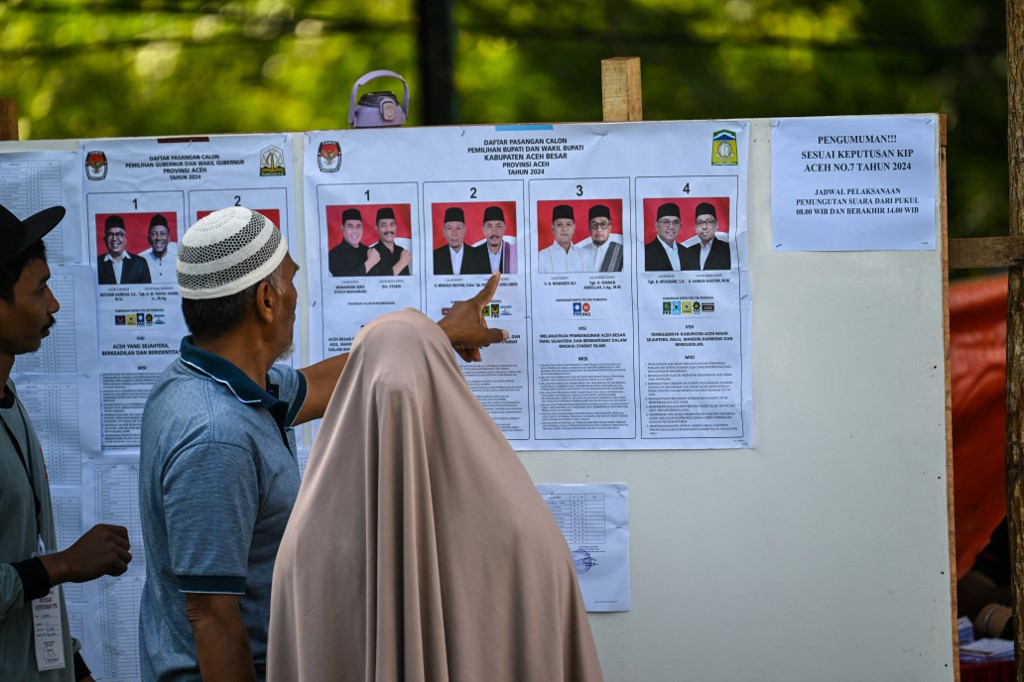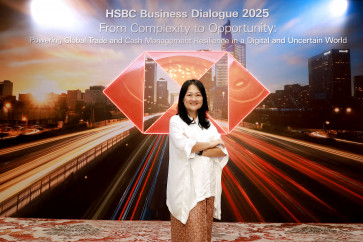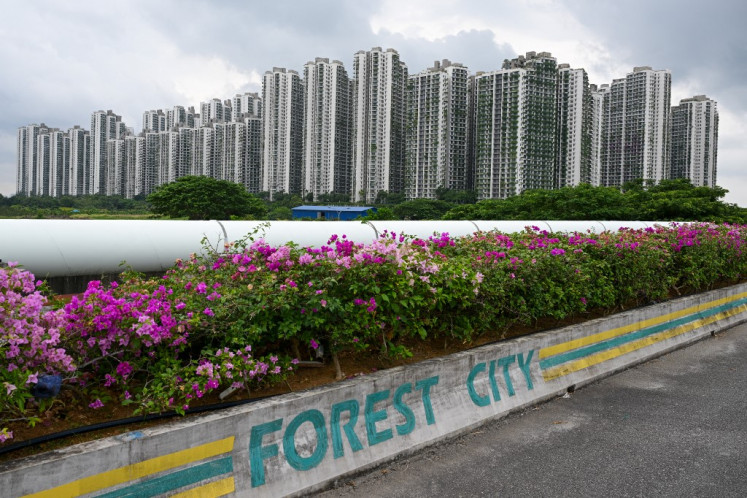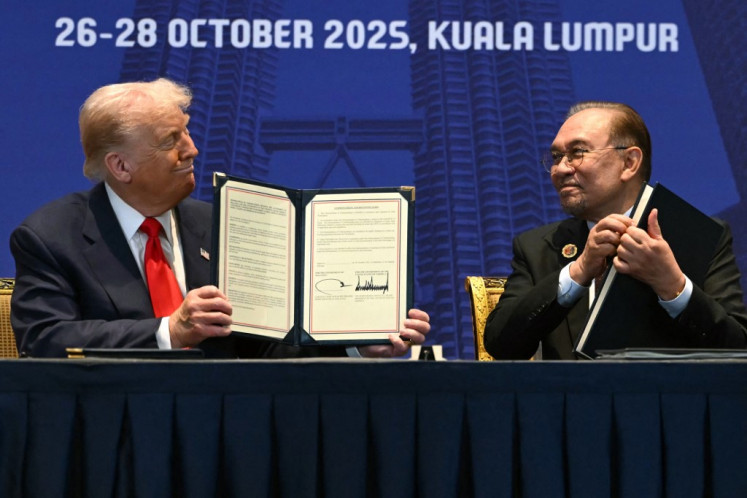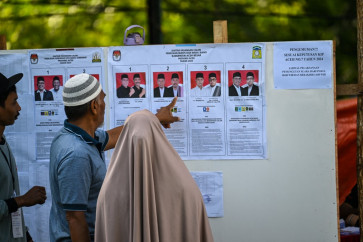Popular Reads
Top Results
Can't find what you're looking for?
View all search resultsPopular Reads
Top Results
Can't find what you're looking for?
View all search resultsA lesson in limits: How judicial activism threatens constitutional equilibrium
If unchecked, the Constitutional Court could transform into judicial tyranny, where the court violates the separation of powers and imposes ideological or political interpretations
Change text size
Gift Premium Articles
to Anyone
A
constitutional equilibrium is the ideal state in which executive, legislative and judicial branches, as well as other constitutional bodies, exercise their powers proportionally within a system of checks and balances. Constitutional Court Decision No. 135/2024 serves as a timely reminder that upholding constitutional control in a balanced manner is a daunting yet essential task for the preservation of democracy.
Why is this important? The decision raises key concerns about the balance of power in Indonesia’s political system. One crucial point is the court’s reflection on the simultaneous election model upheld in its earlier ruling No. 55/2019. The court reiterated that electoral simultaneity remains constitutional as long as it does not compromise the core principle of the presidential system, namely, the synchronization of the presidential and national legislative elections.
Yet since the 2020 ruling was announced, lawmakers have failed to revise Election Law No. 7/2017 and Regional Election Law No. 10/2016. As a result, overlapping electoral timelines were unavoidable in 2024, placing severe logistical and operational strain on election bodies, ultimately degrading the overall quality of election management.
Faced with the reality of mounting electoral burdens, the Constitutional Court has stepped beyond its conventional role as guardian of the Constitution. In addition to safeguarding the purity, supremacy and integrity of the 1945 Constitution, the Court now positions itself as an active counterbalance to systemic risks in electoral governance.
In Decision No. 135/2024, the court went further, arguing that the current model of simultaneous elections undermines political parties’ ability to regenerate leadership and develop internal cadres. Pressured to nominate thousands of candidates at once, parties increasingly resort to pragmatism, rely heavily on financial capital and favor popular outsiders over ideologically grounded candidates of integrity.
Building on the doctrine of judicial activism rooted in constitutional reasoning and the principle of popular sovereignty, as laid out in the earlier Decision No. 55/2019, the court recently introduced a new electoral design: Starting in 2029, Indonesia will hold national elections (president, House of Representatives, Regional Representative Council) separately from regional elections (regional legislative council members, governors, mayors, regents), with a 2 to 2.5-year interval between the two cycles. This is aimed at easing electoral burdens and enhancing democratic effectiveness.
While this design has been praised by some civil society groups and academics as progressive, it has also sparked serious concerns about the disruption of constitutional equilibrium. The primary implications are political instability and a looming legitimacy crisis within the legal and governance system.

